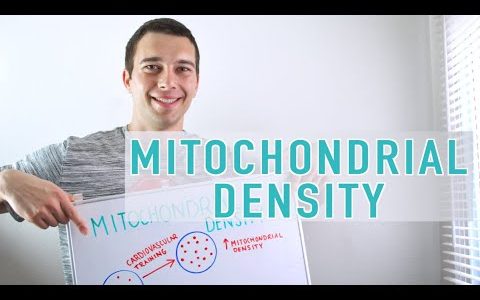#Mitochondria
#CellularRespiration
#MitochondrialDisease
#MitochondrialDNA
#EnergyProduction
#OxidativePhosphorylation
#MitochondrialHealth
#CellPowerhouse
#MitochondrialResearch
#CellMetabolism
#Bioenergetics
#MitochondrialFunction
#MitochondrialBiogenesis
#MitochondrialDysfunction
#MitochondrialHealth
#MitochondrialStructure
#MitochondrialEvolution
#MitochondrialDisorders
#MitochondrialGenetics
#scienceeducation
Mitochondria are double-membraned organelles found in the cells of most living organisms, including animals, plants, and fungi. They are often referred to as the “powerhouses of the cell” because their primary function is to produce adenosine triphosphate (ATP), which is the cell’s primary source of energy. Mitochondria generate ATP through a process called oxidative phosphorylation, which involves the electron transport chain and the citric acid cycle (Krebs cycle).
Key features and functions of mitochondria include:
Energy Production: Mitochondria generate ATP by breaking down nutrients, such as glucose and fatty acids, in a process that involves the transfer of electrons and the pumping of protons across the inner mitochondrial membrane. This creates a proton gradient, which is used to generate ATP.
Cellular Respiration: Mitochondria play a central role in cellular respiration, which is the process by which cells obtain energy from nutrients. Cellular respiration consists of three main stages: glycolysis (in the cytoplasm), the citric acid cycle (in the mitochondrial matrix), and the electron transport chain (on the inner mitochondrial membrane).
Double Membrane: Mitochondria have a double membrane structure. The outer membrane separates the mitochondrion from the rest of the cell, while the inner membrane forms a series of folds called cristae, which provide a large surface area for the enzymes involved in ATP production.
DNA: Mitochondria contain their own DNA (mitochondrial DNA or mtDNA) and can replicate independently of the cell’s nucleus. This has led to the hypothesis that mitochondria were once free-living bacteria that were engulfed by ancestral eukaryotic cells, forming a symbiotic relationship.
Apoptosis: Mitochondria also play a role in apoptosis, which is programmed cell death. They release molecules that trigger cell death processes when a cell is damaged or no longer needed.
Calcium Regulation: Mitochondria are involved in regulating intracellular calcium levels, which are important for various cellular processes, including muscle contraction and signaling pathways.
Mitochondrial dysfunction can lead to various health problems and is associated with several diseases, including mitochondrial myopathies, Parkinson’s disease, Alzheimer’s disease, and certain forms of diabetes. Understanding the structure and function of mitochondria is essential for understanding cellular energy metabolism and various physiological processes in living organisms.
source



